
Reviewed by:
Nicole A. McCarthy, MD MSc

Reviewed by:
Nicole A. McCarthy, MD MSc

Hair Loss
By: Narda
November 11. 2021
Recently, our family went through a highly stressful situation, I was combing my hair one morning when I saw a bald spot the size of a quarter near my temple. Disaster! Nothing like losing hair to make us age in seconds and ruin our day.
It is normal to lose some hair each day, as the one that falls makes room for new growth. It is when new growth does not occur that a red flag should go on.
The Hair Society tells us that some 35 million men and 21 million women suffer from hair loss. The American Hair Loss Association indicates that 40% of hair loss sufferers are women and up to 3% of all pediatric visits in the United States are due to hair loss in children.
Their studies also indicate that two thirds of American men will have experienced “appreciable” hair loss by the age of thirty-five and that by the time they reach fifty approximately 85% of men will have “significantly thinning hair”, adding that approximately twenty five percent of men suffering pattern baldness (Androgenic Alopecia) begin this painful process before the age of twenty-one.
According to ABC News, American men alone, spend $1 billion dollars per year fighting baldness.
There are several reasons why our hair falls. The cause of hair loss will determine whether it falls out gradually or suddenly; thins, grows back on its own or needs a treatment to do so; in extreme cases we just must face the fact that our manes as we knew them, will be no more.
But do not give up, fortunately, there are natural ways in which you can prevent or remedy hair loss in most cases. Having a professional determine the cause of hair loss is important to establish an appropriate and proactive hair care routine to protect our locks.
Causes:
- Androgenic alopecia: Or pattern hair loss. Affects both, men and women and could start during adolescence. Mostly a genetic condition but also associated with other medical conditions such as coronary heart disease, enlargement of the prostate and polycystic ovary syndrome (PCOS). In men it shows as a receding line. In women it preserves the hair line but the loss is diffused
- Alopecia areata: an auto immune disorder and as per the National Library of Medicine, the second-most frequent, non-scarring alopecia. It manifests itself in well-defined patches, but it could also mean total hair loss that could include inside your nose and ears, eyelashes and eyebrows, all your body
- Telogen effluvium: Disproportionate hair shedding, triggered by childbirth, lactation, long and feverish illness, high-risk surgeries, rapid weight loss. Hair will grow again after health is regained.
- Trichotillomania: If you are one of those individuals that needs to pull their hair to relieve stress, you might be destroying your hair follicles. Stopping might help and hair might regrow, depending on the extent of damage to the follicles.
- Traction alopecia: Hair loss due to hair styling, such as ponytails. Reversible in its early stages but might become irreversible when the follicles have been destroyed/deleted.
- Tinea capitis: A curable disease caused by fungal infection in adults and children. It looks like patches of hair loss and scalp inflammation, usually in a rounded patter with a red center and a white rim, resembling a bullseye. Tinea capitis is quite itchy.
- Short anagen syndrome: The inability to grow long hair. Its density and strength are normal, but hair growth is minimum.
- Loose anagen syndrome: Usually present in childhood to individuals with blond or light brown hair. With this condition, hair can be easily and painlessly pulled out; it tends to improve with age.
- Triangular temporal alopecia: A disorder detected in children aged from 2 to 9. It is shaped as a triangle or oval in the front part of the head with hair growing thin and scarce. It has been reported to run in families. Hair transplants and surgical removal have been used.
- Scarring or cicatricial alopecia: Caused by varied conditions, this develops when inflammation destroys hair follicles which cannot grow hair again. Early treatment can prevent total hair loss.
- Age: Not only hair growth slows down, but follicles degrade causing it to stop. Gray hair makes its unwelcome presence. Timely, preventative treatment might help.
- Cancer treatment: Chemotherapy and radiation therapies could cause hair loss in a matter of weeks. Regrowth could slowly occur after finishing these treatments. Appropriate care could accelerate regrowth.
Causes, Cont.:
- childbirth; illness recovery or the stressful situation stops, hair regrows. Natural remedies might accelerate regrowth.
- Beauty stressors: Such as hair coloring, perms, hair relaxing, excessive use of hair dryers, curlers, hot rollers, or irons, could cause permanent hair loss as the hair follicles will be destroyed. Making changes to your hairstyling routine and appropriate treatment might stop hair loss.
- Hormonal imbalance: Too much dihydrotestosterone (DHT) in both, men and women; polycystic ovary syndrome (PCOS), birth control pills, pregnancy, childbirth, and menopause could cause an imbalance that will result in hair loss. Finding the appropriate treatment could help.
- Scalp infections: Seen as scales, inflammation, or pimples. Treatment against the infection will help.
- Scalp psoriasis: A consequence of plaque psoriasis caused by several factors including tobacco or alcohol use, stress, and infections. Once the infection clears, regrowth might occur. It might be a long process.
- Sexually transmitted infections or STIs: such as syphilis. If left untreated can lead to hair loss not only on the scalp but anywhere in the body. With the appropriate and timely treatment, hair normally regrows.
- Thyroid disease: Having a problem with your thyroid, might make you lose hair. It could be gradual or in tufts. Treating the thyroid condition can stop and reverse this condition.
- Poor nutrition: Making sure that nutrients, vitamins and minerals are part of your diet will reverse and prevent hair loss. Biotin, iron, zinc, omega -3 fatty acids, protein, vitamin B6 and folic acid should always be included in a healthy diet. An indicator, but not exclusive, of poor nutrition are split ends
- Poison: Such as arsenic, thallium, mercury, lithium, and warfarin. Hair will start growing again after exposure stops.
- Vitamin A or selenium in large amounts: Hair regrows after our body regains normal amounts.
- Anemia: Iron deficiency caused by a poor diet, poor iron absorption, or excessive bleeding. Hair regrows when health is regained.
- Poor scalp hygiene: Could trigger dandruff, eczema or fungal infections. A clean and healthy scalp will result in hair regrowth.
- Environment: Pollutants, minerals in water, sun and other ultraviolet light sources exposure.
- Medication: If hair loss is a side effect of your medication, consult with your doctor to consider your alternatives. Do not stop medication without talking to a professional first. Regrowth will occur when stopping or changing the medication.
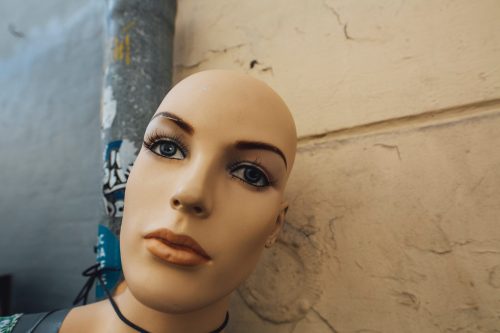
WHAT TO DO:
Papaya masque (amounts for medium length hair): About thirty minutes before shampooing, put in the blender:
1/3 cup papaya
1/4 cup yogurt
Blend until you have a smooth mixture and apply massaging from the root to the tips. Leave it on for approximately fifteen minutes. Shampoo, rinse and style as normal.
- Coconut Milk: Blend the flesh of a quart of a ripe coconut in 1/8 of a cup of water. Using a cheese cloth sieve squeezing it tightly. Apply this cream evenly to your hair and leave for thirty minutes before shampooing.
- Aloe Vera: Get an aloe leaf, cut approximately half of it and take off the thorns of the sides and peel, leaving the gel only. Put in the blender with ½ ounce of water and blend until it is totally integrated. Massage scalp with it and leave on for thirty minutes to one hour (the longer the better) before shampooing. Aloe will do more than stop hair loss for you as it soothes your scalp, cleanses, moisturizes, and fortifies your hair.
- Almond, olive, castor, peppermint or sage oil: After shampooing your hair, let it dry naturally. When fully dry, take a two to three drops of the chosen oil at room temperature and with your fingers, using gentle circular movements, massage onto your scalp. Leave on.
- Indian Lilac (Neem): Boil a handful of neem leaves in two litters of water, let this reduce to one litter and let it cool. Wash your hair as normal, making sure there are no residuals of shampoo in your hair and then rinse with this water.
- Onion and honey mask: Grate a small red onion, sieve using a cheese cloth, add one tablespoon of honey to the juice and mix thoroughly. Massage gently onto the scalp and let it on for thirty minutes before shampooing.
WHAT TO DO, CONT.
- Egg yolk and olive oil mask: Separate the yolk from the white and put it in a dish, add one tablespoon of olive oil, mix thoroughly and gently massage onto the scalp. Leave it on up to one hour before shampooing.
- Fenugreek and olive oil mask: Using your blender, make a fine paste with one teaspoon of fenugreek seeds and one tablespoon of olive oil. Massage gently onto the scalp and leave it on for thirty minutes.
- Rosemary and olive oil mask: Blend a small sprig of rosemary with 1/8 cup of olive oil. Apply gently massaging the scalp and covering the hair. Not only will prevent hair loss, it will also leave your hair soft and shiny.
- Apple cider vinegar: Rinse your hair with one tablespoon of this natural wonder.
- Vitamins and minerals: Include in your daily health routine biotin, vitamins C, D, and E, B complex. Zinc, silica and iron.
- Rice water: Let one cup soak overnight in one litter of water. Wash your hair as normal, rinse with the rise water.
- Hot towel: To increase circulation of the scalp, dip a clean towel into hot water, squeeze the excess wand cover your hair with the towel. Leave it on until the towel cools down. Do this occasionally.
- Horsetail tea: Add a rounded teaspoonful of dried horsetail and half a teaspoonful of sugar to two cups of water in a small saucepan. Bring to a boil and lower the heat. Let it simmer gently, uncovered until reduced to one cup. Drink this occasionally to keep your skin, nails, and hair strong and healthy. From: Backyard Medicine by Julie Bruton-Seal and Matthew Seal
• Circular or patchy bald spots
• Losing handfuls of hair
• Body hair loss
• Scaling on the scalp
Cayenne Pepper & Oils Mask Recipe
PLEASE EXERCISE CAUTION WHEN PREPARING AND APPLYING THIS MASK – CAYENNE IS A SPICE AND CAN CAUSE IRRITATION
What You Need:
- Avocado Oil – 1 tablespoon
- Macadamia Oil – 1 tablespoon
- Wheat Germ Oil – 1 teaspoon
- Cayenne Pepper Tincture – 2 tablespoons (tincture can be store bought or made at home)
How To Use:
- Mix all ingredients well and use the resulting mixture on the scalp.
- Don’t rub it. Just massage it into scalp and cover head with a plastic bag.
Time to let the mask sit – 2 hours.
After regular application, you will notice new hair regrowth and better hair structure.
This hair mask with oil blend is good solution for dry hair and itchy scalp. Macadamia and wheat germ oils contain a lot of B vitamins. They are readily absorbed into deeper skin layers. These natural components are rich in vitamin E as well. It helps improve blood circulation to the scalp and make hair grow stronger and thicker.
Please remember cayenne is a spice and can irritate your eyes, PLEASE BE CAREFUL.
From: https://naturehelps.me/hair-care/cayenne-pepper-hair-growth-treatment-benefits
Extra tips
- A satin cap at night has proven helpful to avoid pulling or breaking the hair while sleeping
- Unless extremely necessary, wash your hair no more than 3 times a week or even less
- Add flaxseeds, fish and walnuts to your diet
- Consider washing your hair with cold water to preserve its moisture
- Use products that are free of alcohol, sulfates, salts, and parabens
- When lathering your hair, use the fingertips (not your nails) in a circular motion to increase scalp circulation
- Massage your scalp with the tips of your fingers (not your nails) after washing your hair to increase blood circulation
- Drink water
- Hair trimming is recommended
- Gentle towel drying
- Be gentle with your hair, avoid pulling when brushing and combing
- Use a wide-toothed comb when your hair is wet
- Use a detangler if needed
- Use a hat when outside
- Consider a cooling cap If you’re being treated with chemotherapy
- Consider adding, bone broth to your diet
- Limit the use of rubber bands and barrettes
- Avoid daily blow drying and if possible, stop completely
- Avoid gluten, soy, sugar, alcohol, caffeine and foods with preservatives and additives or processed
- Avoid tight ponytails
- Avoid hard shampoos and opt for the ones with moisturizer
- Stop smoking
Share your results with us on Instagram
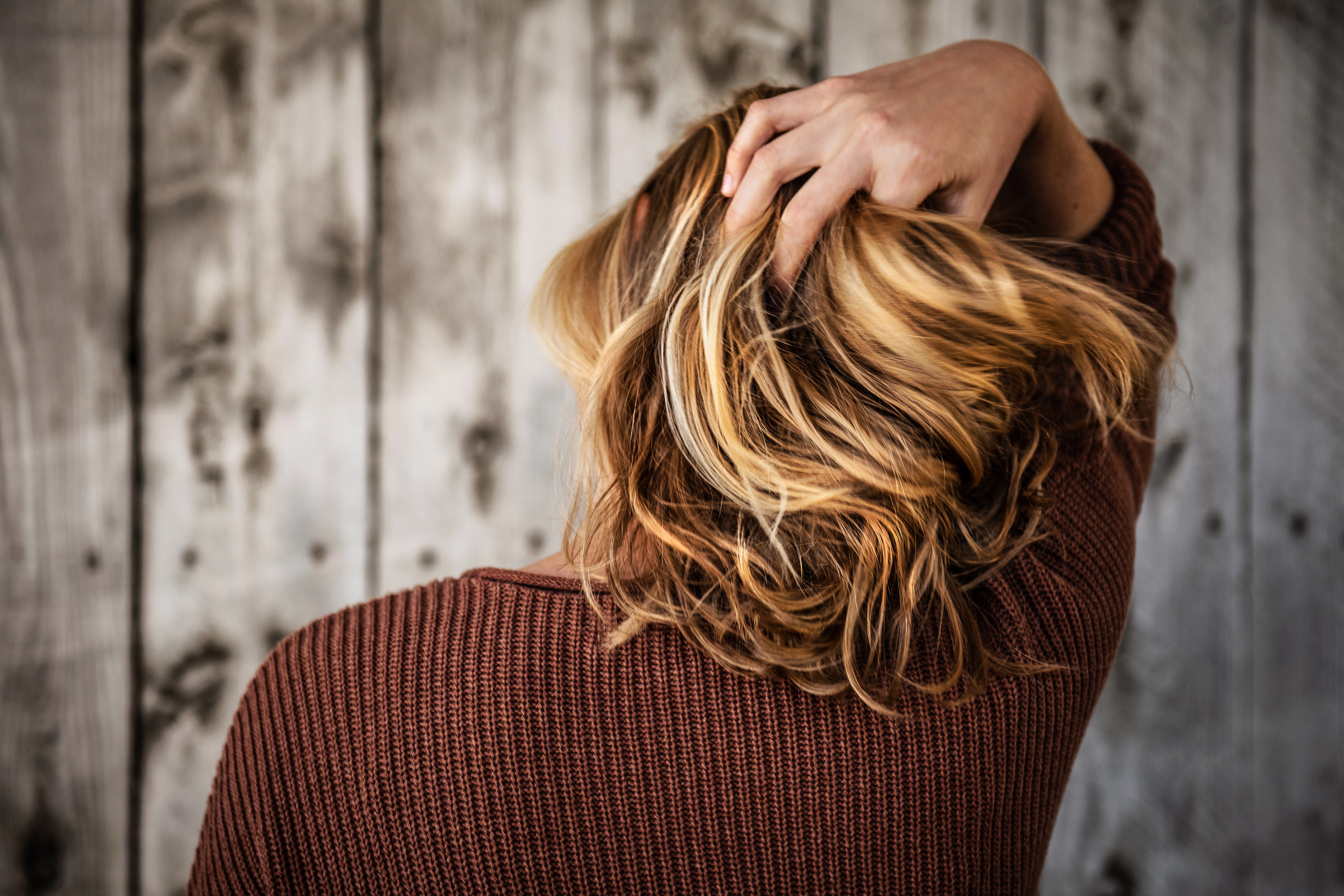
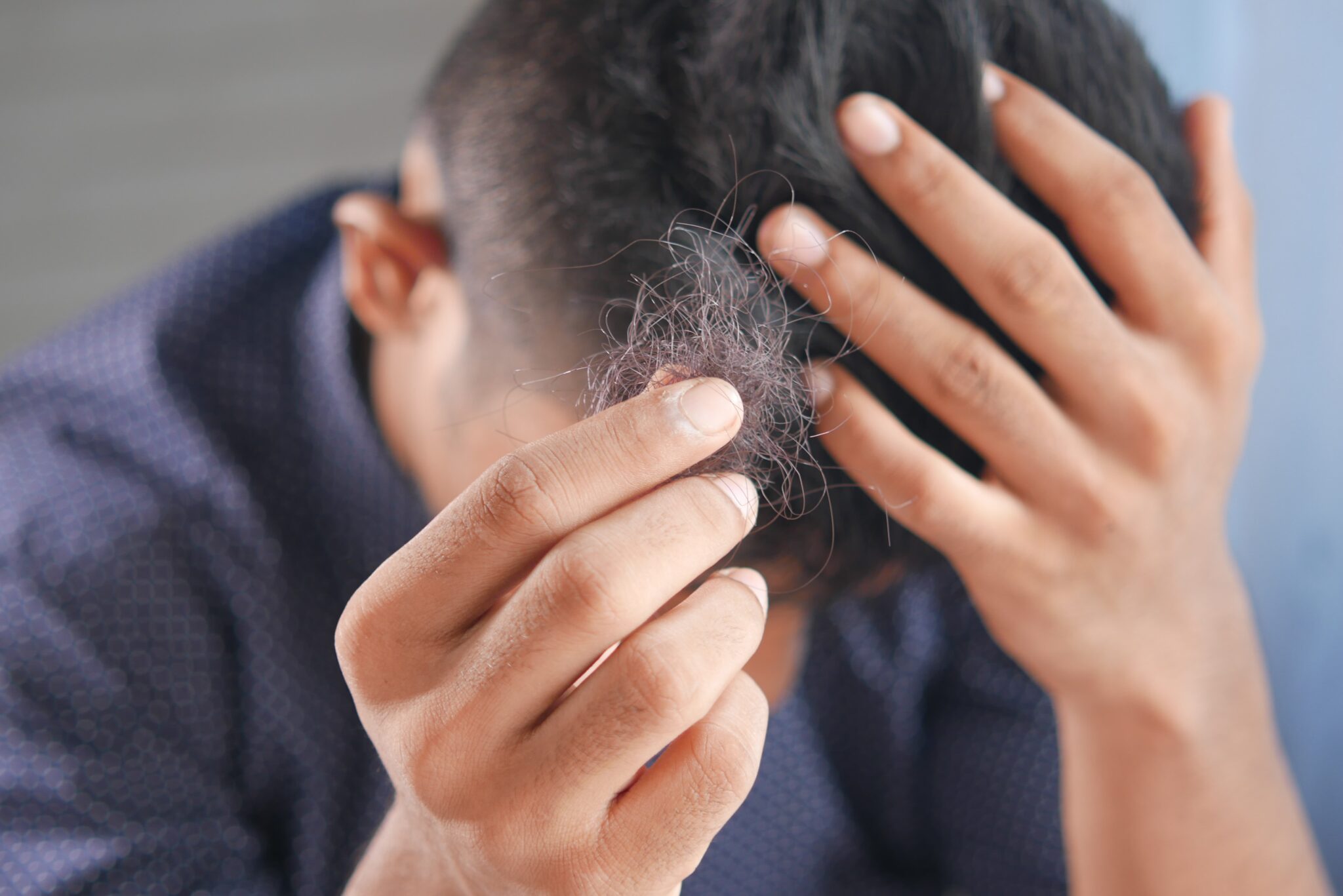
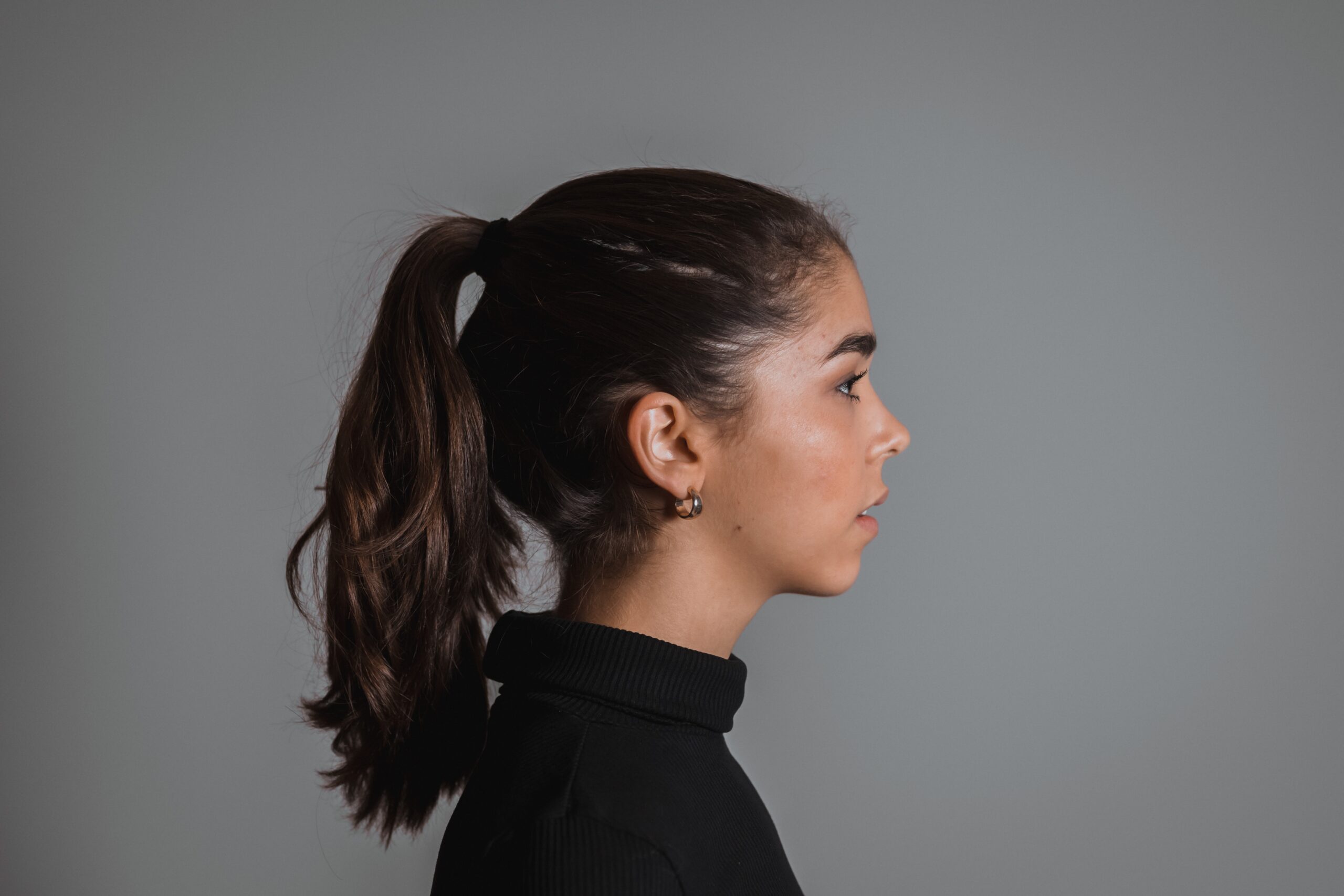
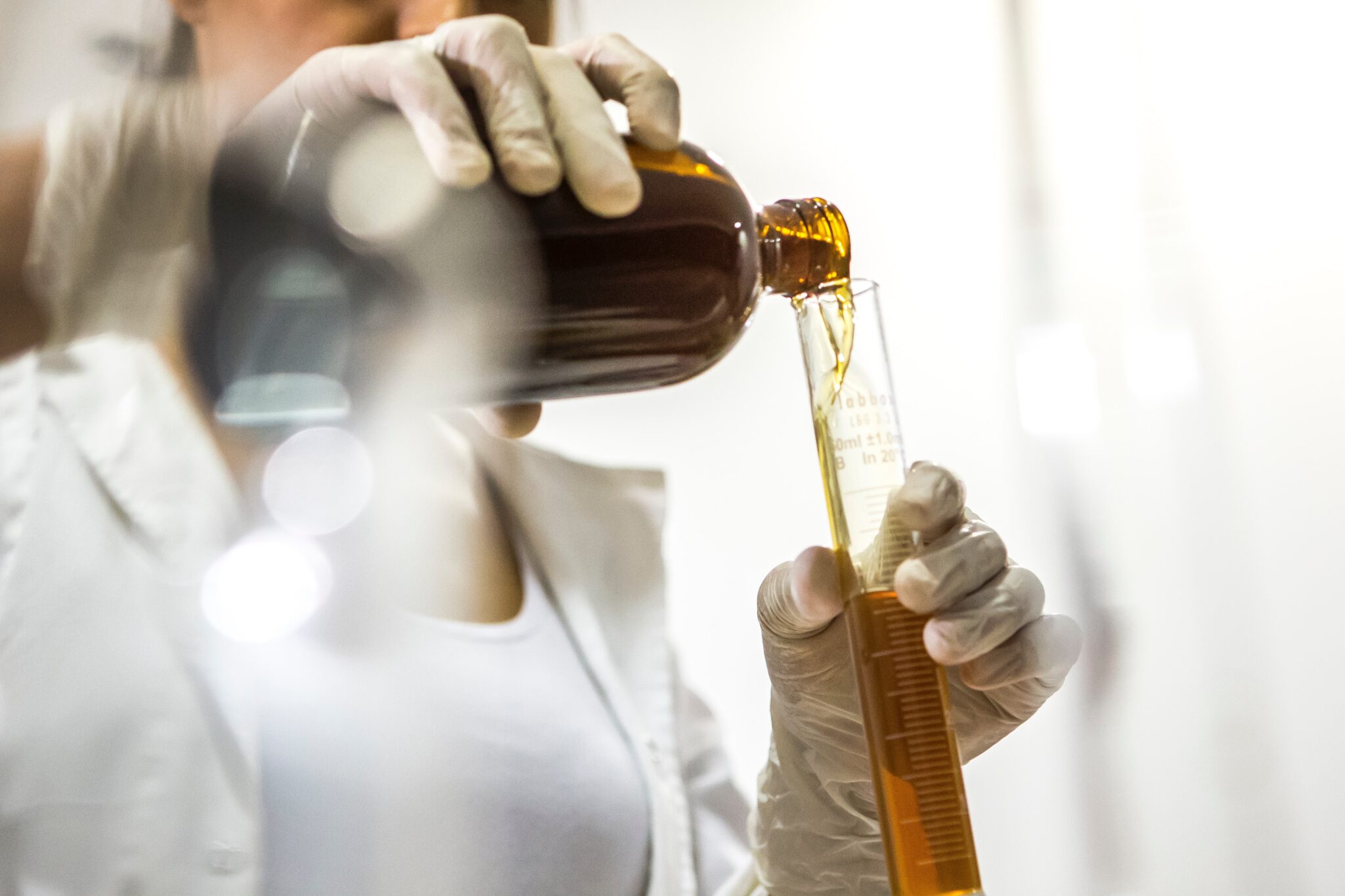
Photography by: Bee Naturalles, Charles Deluvio, Markus Spiske, Pius Martin, Scandinavian Biolabs, Tim Mossholder, Towfiqu Barbhuiya @ Unsplash
